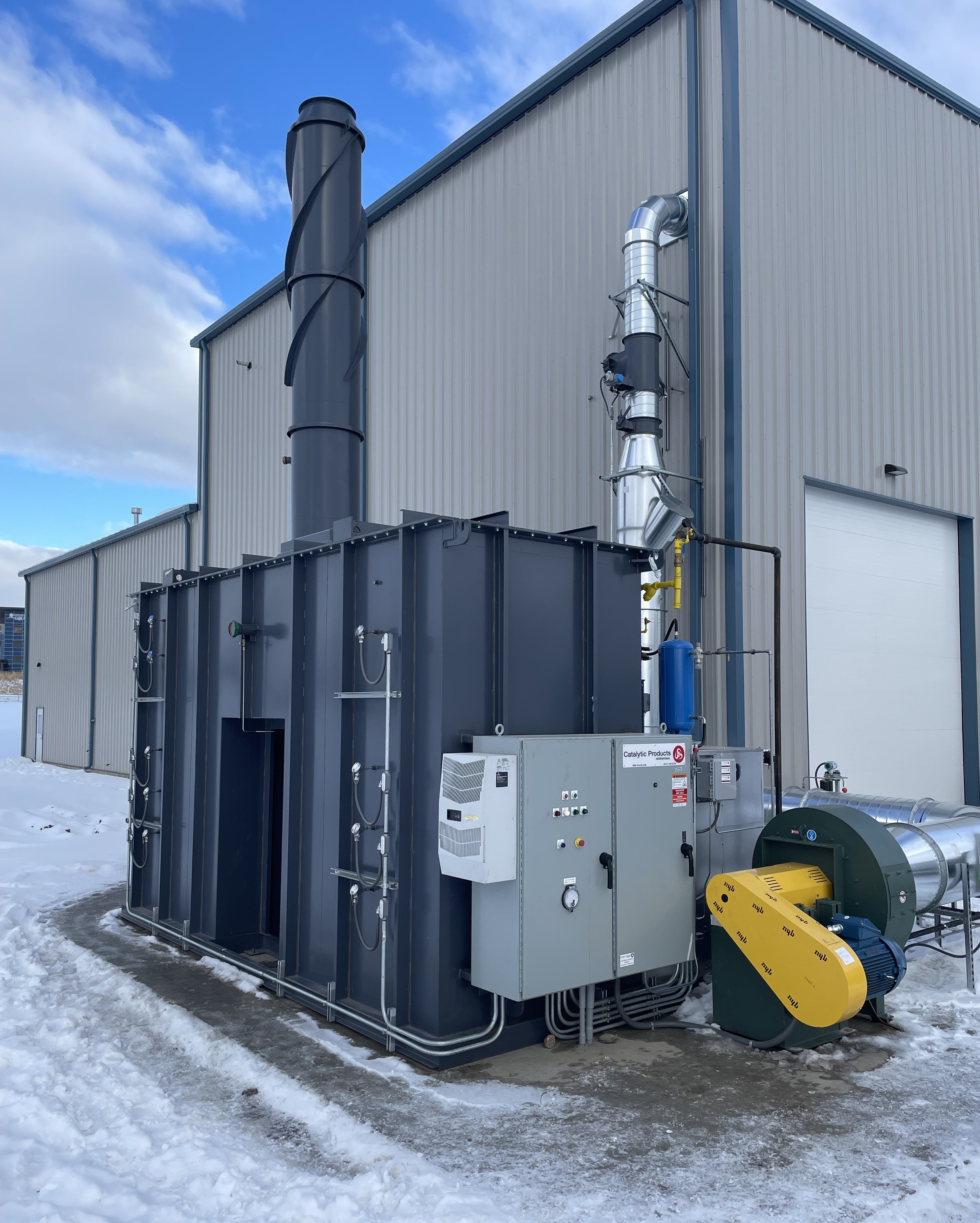For phone support, call us at: 847.438.0334
Regenerative Thermal Oxidizers (RTOs) represent the latest evolution in thermal oxidation technology. CPI's RTOs consistently achieve thermal efficiencies of up to 97%, with destruction efficiencies exceeding 99% for a wide range of Volatile Organic Compounds (VOCs) and Hazardous Air Pollutants (HAPs). These performance metrics translate to superior pollutant removal rates and significantly lower operational costs compared to traditional thermal oxidizers.
The capital investment for an RTO includes the equipment cost, the cost of auxiliary equipment (e.g. ductwork, product options), and all direct and indirect installation costs.
The higher capital costs of these units can be substantially offset by the substantial savings in auxiliary fuel costs.
The cost of an RTO is influenced by the exhaust stream volumetric flow rate, VOC loading and desired destruction rate efficiency.
RTOs represent the pinnacle of thermal oxidation technology, offering unparalleled efficiency in both energy use and pollutant destruction. This combination ensures optimal environmental compliance while minimizing operational expenses.
CPI's engineering process focuses on tailoring each RTO to the specific needs of the client. By considering unique operational requirements and industry demands, we create solutions that not only meet but exceed performance expectations while ensuring long-term reliability and cost-effectiveness.
Our design methodology begins with a foundation of proven models, which we then refine based on detailed analysis of the client's specific air stream characteristics. This approach allows for optimized performance across a wide range of applications and industries.
